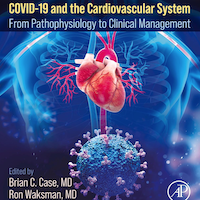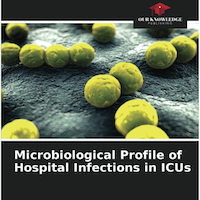Tag: ARDS

Clinical Practice Guideline: Mechanical Ventilation in Adult Patients with ARDS
An Official American Thoracic Society/European Society of Intensive Care Medicine/Society of Critical Care Medicine Clinical Practice Guideline: Mechanical Ventilation in Adult Patients with Acute Respiratory Distress Syndrome.... read more

New Study: Economic Cost to Surviving ARDS
Research published today in the American Journal of Respiratory and Critical Care Medicine sheds light on the economic toll on survivors of acute respiratory distress syndrome. Nearly 50% of survivors who worked before they... read more

Preadmission Oral Corticosteroids Are Associated With Reduced Risk of ARDS in Critically Ill Adults With Sepsis
The unadjusted occurrence rate of acute respiratory distress syndrome within 96 hours of ICU admission was 35% among patients who had received oral corticosteroids compared with 42% among those who had not (p = 0.107). In... read more
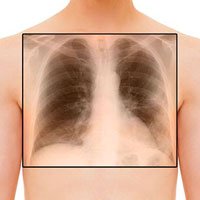
Opening pressures and atelectrauma in ARDS
Data show that the prerequisites of the open lung strategy are not satisfied using PEEP up to 15 cmH2O and plateau pressure up to 30 cmH2O. For an effective open lung strategy, higher pressures are required. Therefore,... read more
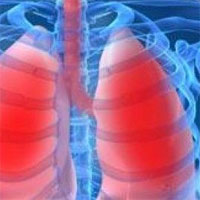
Effects of Neuromuscular Blockers on Transpulmonary Pressures in Moderate to Severe ARDS
Thirty patients were included, 24 with moderate ARDS and 6 with severe ARDS. NMBA infusion was associated with an improvement in oxygenation in both moderate and severe ARDS, accompanied by a decrease in both plateau pressure... read more
Vitamin D supplementation to prevent acute respiratory tract infections
Vitamin D supplementation was safe and it protected against acute respiratory tract infection overall. Patients who were very vitamin D deficient and those not receiving bolus doses experienced the most benefit. 25 eligible... read more
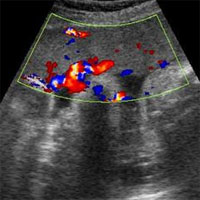
Critical care ultrasonography in acute respiratory failure
CCUS combining CCE and chest ultrasonography rapidly provides valuable information in patients presenting with ARF. A pragmatic and systematic applied protocol may first evaluate how aerated is the lung and whether there... read more
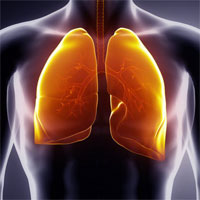
Airway Driving Pressure and Lung Stress in ARDS Patients
Since the first description of acute respiratory distress syndrome (ARDS) in the 1960s, numerous studies have sought the optimal tidal volume, positive end-expiratory pressure, plateau pressure, and inspired fraction of oxygen... read more

Severe Adult ARDS Prediction Models
Outcomes and survival prediction models for severe adult acute respiratory distress syndrome treated with extracorporeal membrane oxygenation. Although the use of ECMO for severe refractory ARDS has markedly increased since... read more
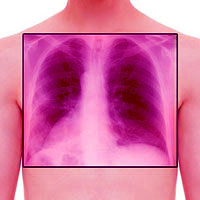
End-Inspiratory Pause Prolongation in ARDS Patients
Prolonging EIP allowed a significant decrease in Vt without changes in PaCO2 in passively ventilated ARDS patients. This produced a significant decrease in plateau pressure and driving pressure and significantly increased... read more
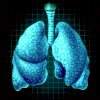
Potentially modifiable factors contributing to outcome from acute respiratory distress syndrome
Higher PEEP, lower peak, plateau, and driving pressures, and lower respiratory rate are associated with improved survival from ARDS.... read more
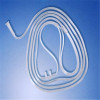
Apnoeic oxygenation via high-flow nasal cannula oxygen combined with non-invasive ventilation preoxygenation for intubation in hypoxaemic patients in the intensive care unit
A novel strategy for preoxygenation in hypoxaemic patients, adding HFNC for apnoeic oxygenation to NIV prior to orotracheal intubation, may be more effective in reducing the severity of oxygen desaturation than the reference... read more
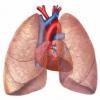
Recruitment manoeuvres for adults with acute respiratory distress syndrome receiving mechanical ventilation
Ten trials met the inclusion criteria for this review (n = 1658 participants). We found five trials to be at low risk of bias and five to be at moderate risk of bias.... read more
Devil in the details: Endotracheal tube depth
According to Napoleon, "the moment of greatest vulnerability is the instant immediately after victory." In airway management, this instant occurs immediately after placement of the endotracheal tube.... read more

Potentially modifiable factors contributing to outcome from acute respiratory distress syndrome: the LUNG SAFE study
Higher PEEP, lower peak, plateau, and driving pressures, and lower respiratory rate are associated with improved survival from ARDS.... read more

Hydrocortisone treatment in early sepsis-associated acute respiratory distress syndrome
In sepsis-associated ARDS, hydrocortisone treatment was associated with a significant improvement in pulmonary physiology, but without a significant survival benefit.... read more

Utilising the immune system in the fight against sepsis – On Medicine
In this blog, Dr. Naoshi Takeyama, Senior Editor of Journal of Intensive Care, discusses about how knowledge of immuno-oncology can also be applied to strategies for managing sepsis and severe trauma.... read more








